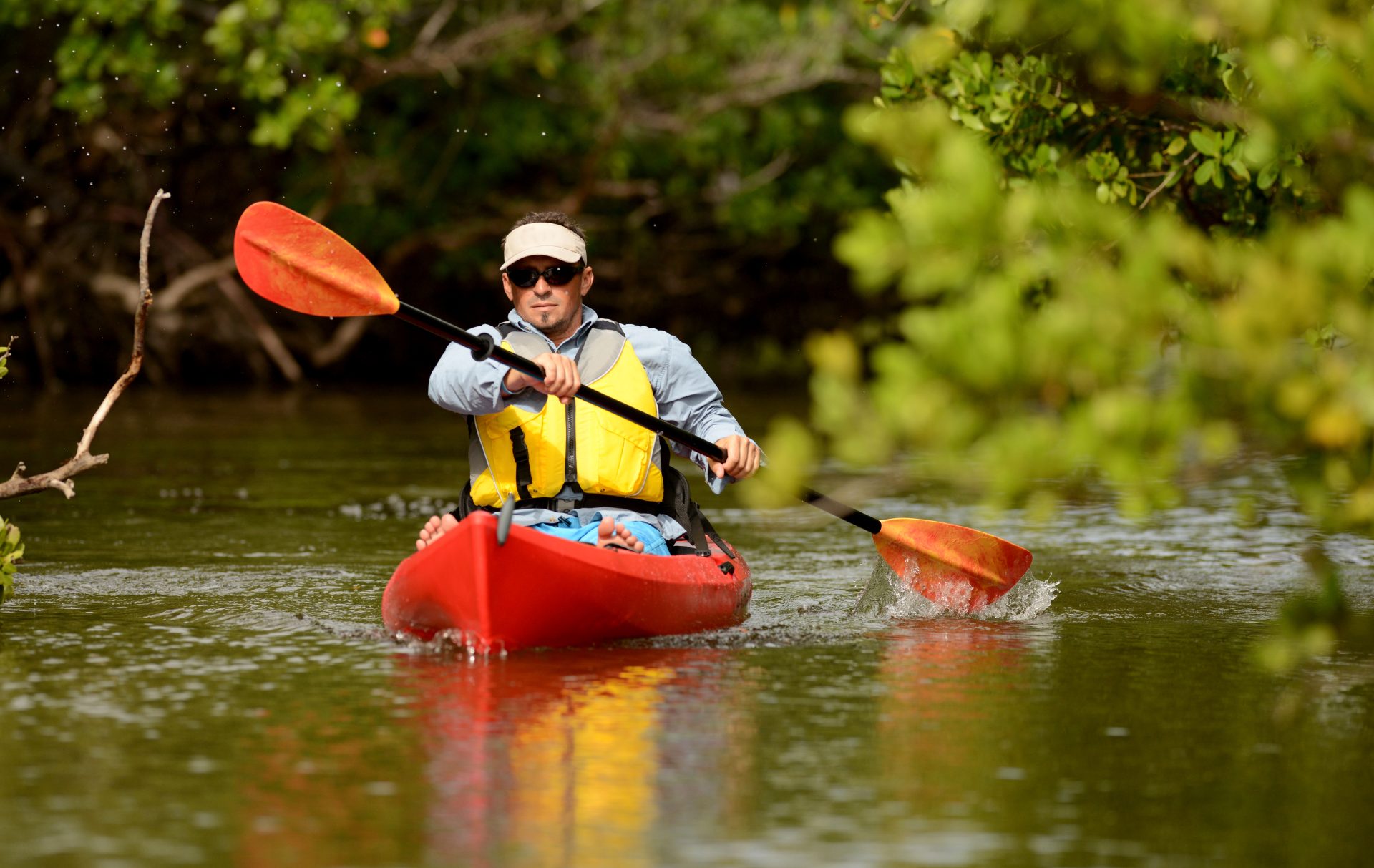By Mark Ferenchik
Published in The Columbus Dispatch
With Intel coming and Honda expanding, with more than 700,000 additional residents over the next quarter-century, Greater Columbus’ transportation system will see strains and demands like never before.
Is the region ready?
“We’ve got to be more coordinated, more collaborative, more ambitious than at any point in Columbus history,” said Kenny McDonald, president and CEO of the Columbus Partnership, the regional civic and business organization made up of more than 80 area CEOs.
William Murdock, executive director of the Mid-Ohio Regional Planning Commission, said pulling people together, people with different interests and ideas, isn’t easy. But things seem to be changing.
“What I’ve noticed is there’s been a decided shift in attitudes in central Ohio in the last year where many, many of our officials are laser-focused,” Murdock said. “This growth is real; we have to talk together to get in front of it.”
And that means not only mass transit and road improvements but also Amtrak service — maybe, finally — and an interconnected trail system.
The area’s transportation needs will be the focus of the regional planning commission’s annual State of the Region event on Friday at the Hilton Columbus Downtown.
The keynote speaker will be Charles Small, deputy assistant secretary of intergovernmental affairs for the U.S. Department of Transportation.
“We really want to lean into this,” Murdock said. “We’ve got a lot of work in front of us. We want to grow better as we get bigger. This applies directly to transportation.”
MORPC now estimates that the 15-county central Ohio region will be home to 3.15-million residents by 2050, a bit higher than an earlier estimate of 3 million. Over the next 25 years, the region will see an additional 726,000 people. That means 272,000 more households and 357,000 more workers you have to get to and from work.
Intel plans on spending $20 billion to build two factories, also called fabs, on nearly 1,000 acres in New Albany, with the goal of investing $100 billion in Licking County.
Meanwhile, Honda and LG Energy Solution are spending $3.5 billion to build a battery plant in Fayette County southwest of Columbus, with Honda investing another $700 million to retool plants in Marysville, East Liberty and Anna to create an Ohio EV hub.
Public officials and community leaders have stressed in recent years that homes must be close to jobs to make it easier for people to commute to work and for businesses to retain workers.
McDonald said these large employers must be part of the planning process. “Employers have an important voice in this, making sure we’re thinking big enough,” McDonald said.
“Where are people going to be in the next 20 years? Let’s start building the infrastructure that can serve them,” McDonald said.
Murdock said that to accommodate that growth and access to workforce and jobs, the region needs different forms of transit.
The LinkUS plan to build bus rapid-transit lines in Franklin County will also drive housing development along routes, he said.
COTA plans to spend $4.3-billion on bus rapid transit, and another $1.3 billion on fixed route service improvements, according to the LinkUS community action plan from June 2022.
But to build the bus rapid transit system, COTA need a sales tax increase, and it plan to put an 0.5% hike on the November 2024 ballot that would raise its sales tax to 1%. It scrapped plans to do so last year because of high inflation, officials feeling it was a bad time for a ballot issue.
That 0.5% increase would leverage federal dollars through the Federal Transit Administration for the system.
“We can be a connector into different neighborhoods and jurisdictions,” said Joanna Pinkerton, COTA’s president and CEO.
Connecting beyond Columbus
That means more connections to other transit systems, including Licking County’s. One idea: one app so a rider from Columbus to Licking County could pay just once.
It also means supporting plans for more capital funding to pay to expand Licking County’s fleet, Pinkerton said. Licking County has no sales tax to support its bus system, relying on a combination of federal, state and local funding, and fares.
State budget legislation is pending that would create a new program using $30 million in federal money that authorities could apply for to support efforts to transport workers between transit authority service areas to employment centers that have at least 250 workers.
“It’s much more than just a connection from point to point,” Patrick Harris, COTA’s vice president of external relations, said.
“With the evolution of the workforce, many in the future won’t want to own their own cars,” Harris said. So transit is going to need to be more accessible to improve the area’s mobility system, he said.
COTA is planning a $20 million transit terminal near the Rickenbacker International Airport area, home to acres of warehouses and distribution centers.
Possible Amtrak expansion
No commuter rail is in the works, Murdock said.
But local officials are asking Amtrak and the federal government for two routes passing through Columbus. One is the much-discussed Cleveland-Columbus-Dayton-Cincinnati route. The other run between Pittsburgh and Chicago through Columbus.
“Passenger rail gives Columbus an option it badly needs,” said Stu Nicholson executive director of All Aboard Ohio, an advocacy group.
And not just one train a day, but multiple daily trains to give people an option, he said. “That’s what makes people take the train,” he said.
“It makes our transportation options that much broader and much deeper,” he said.
Road work will continue
Even with more of an emphasis on planning for mass transit, population growth still means the interstate and road system needs to be expanded.
Interchanges need to be upgraded, such as the Interstate 71/Routes 36-37 interchange in Delaware County and the Interstate 70/Route 310 interchange in Licking County, Murdock said. Also, Route 33 between Columbus and Lancaster needs to become a limited access freeway, he said.
Matt Bruning, a spokesman for the Ohio Department of Transportation, said ODOT will be doing more traffic projections as some of the larger projects are built as population increases.
Kerstin Carr, MORPC’s chief regional strategy officer and senior director of planning, said people need to have more options in getting around as the area grows.
“Every time we realize that we are growing and have the potential to grow more, we have to be thoughtful and intentional about it,” Carr said. “Build smarter neighborhoods where people can walk to work, reinvigorate our downtowns, which communities have already done.”
“I would say as a region we have started to move in that direction, not only because it makes sense for infrastructures, but we see that there is a market for walkable communities,” she said.
The greenways trail system throughout the region also plays a role, Murdock said.
“It’s about quality of life, connecting bigger trails to each other, neighborhoods to the system,” Murdock said. “It’s important for the workforce.”
He mentioned the New Albany Business Park, which has multi-use paths throughout the park. “People are jogging on their lunch break,” he said.
Alison Goebel, executive director of the Greater Ohio Policy Center, a nonprofit that promotes smart growth and urban redevelopment, said multiple jurisdictions makes it complicated to line everyone up.
“Of course, everyone would say that they wish conversations could move faster,” Goebel said.
“When you have communities with different visions, visions of what they want their future to look like, they might not align with the regional vision,” she said.
Mark Ferenchik is a reporter for The Columbus Dispatch. MORPC’s purpose is to bring communities of all sizes and interests together to collaborate on best practices and planning for the future of the region.
Related News: Central Ohio Region Continues to Grow at Accelerated Pace as New Economic Development Projects Come Online





